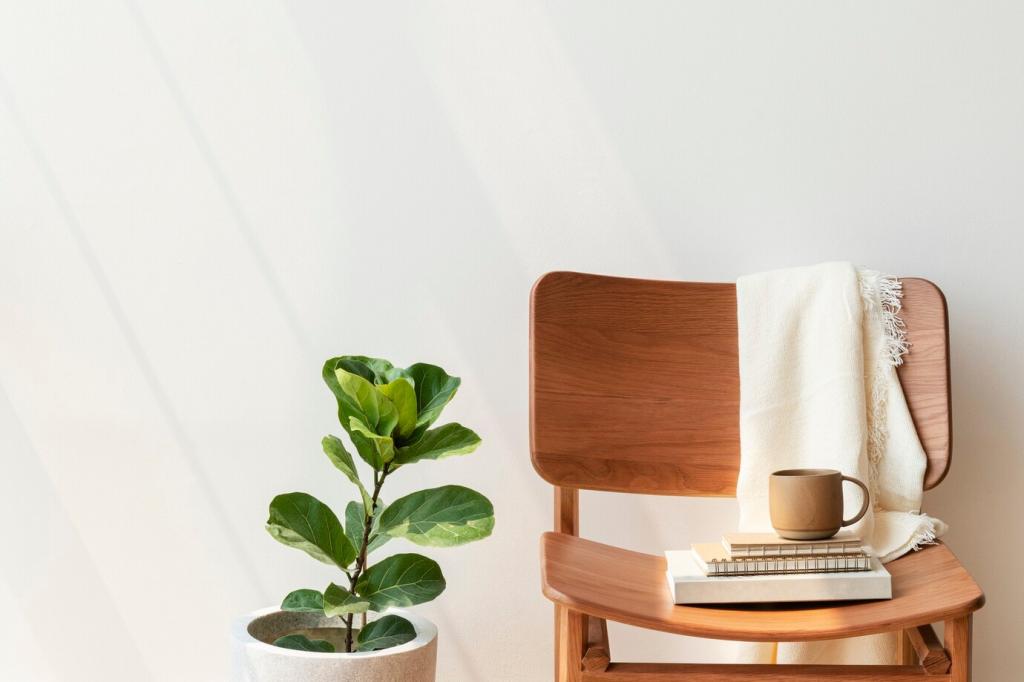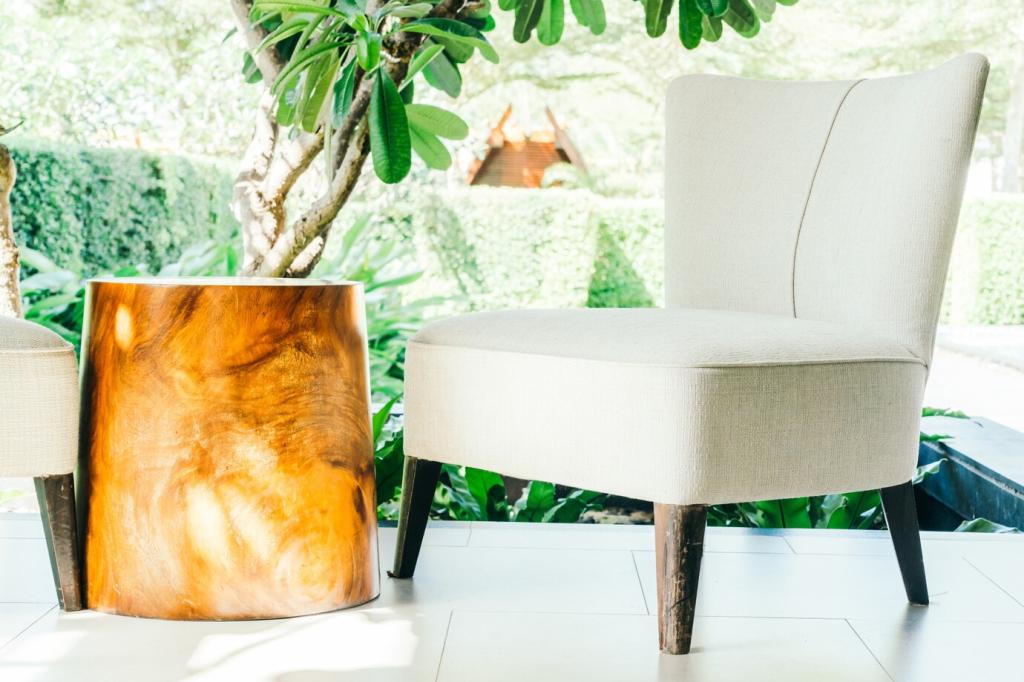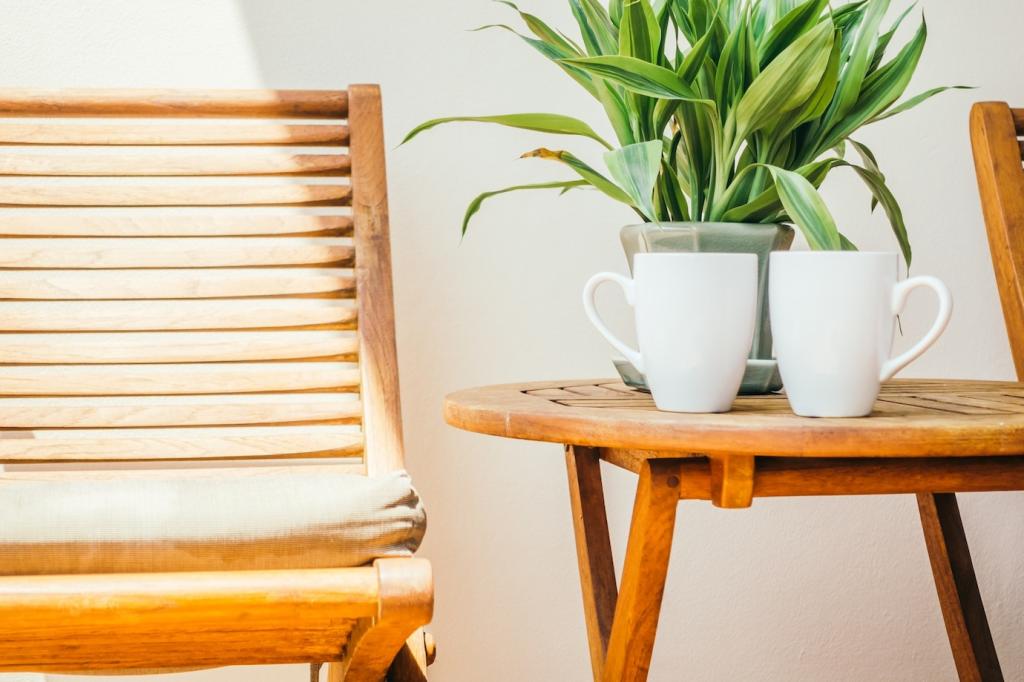Responsible Woods: FSC, Reclaimed, Bamboo, and Cork
Certified wood supports well-managed forests; reclaimed timber preserves history while preventing waste. A reader once shared a coffee table made from a retired gym floor—every scratch a memory. What’s your favorite reclaimed find? Post a photo and inspire others to rescue beautiful boards.
Responsible Woods: FSC, Reclaimed, Bamboo, and Cork
Technically a grass, bamboo renews quickly and offers impressive strength. Seek products using responsible adhesives and transparent manufacturing. If you own bamboo furniture, how has it aged? Your experience with scratches, humidity, and color change can guide smarter buying for the entire community.







